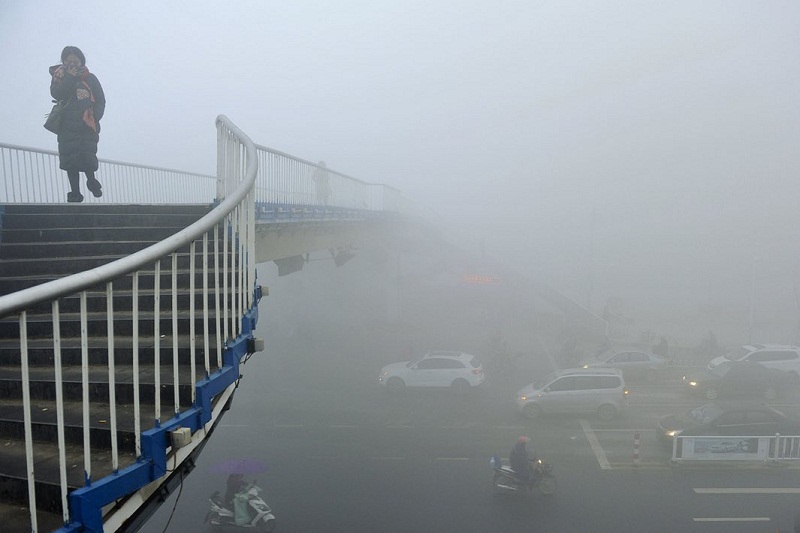‘Airpocalypse’ smog events in China linked to melting ice cap, research reveals

Stagnant weather caused by fast-melting Arctic ice helped create conditions for China’s recent extreme air pollution events, scientists say. Climate change played a major role in the extreme air pollution events suffered recently by China and is likely to make such “airpocalypses” more common, new research has revealed. The fast-melting ice in the Arctic and an increase in snowfalls in Siberia, both the result of global warming, are changing winter weather patterns over east China, scientists found. Periods of stagnant air are becoming more common, trapping pollution and leading to the build up of extreme levels of toxic air. The work is the latest to show that changes in the rapidly warming Arctic are already leading to severe impacts for hundreds of millions of people across North America, Europe and Asia. The US has also seen a rise in episodes of stagnant air, which may be leading to higher air pollution there. “The very rapid change in polar warming is really having a large impact on China,” said Prof Yuhang Wang, at Georgia Tech in the US, who led the new research. “Emissions in China have been decreasing over the last four years, but the severe winter haze is not getting better.” “Mostly that’s because of a very rapid change in the high polar regions where sea ice is decreasing and snowfall is increasing,” he said. “This perturbation keeps cold air from getting into the eastern parts of China, where it would flush out the air pollution.” The new research is convincing, according to Prof Jennifer Francis, at Rutgers University in the US, who said people should be concerned at the growing evidence that the thawing Arctic is having major consequences further south. “Not all the impacts of a melting Arctic are bad – such as taking the edge off of winter cold snaps – but most of the effects will have a negative impact on the billions of people living in temperate regions,” she said.

